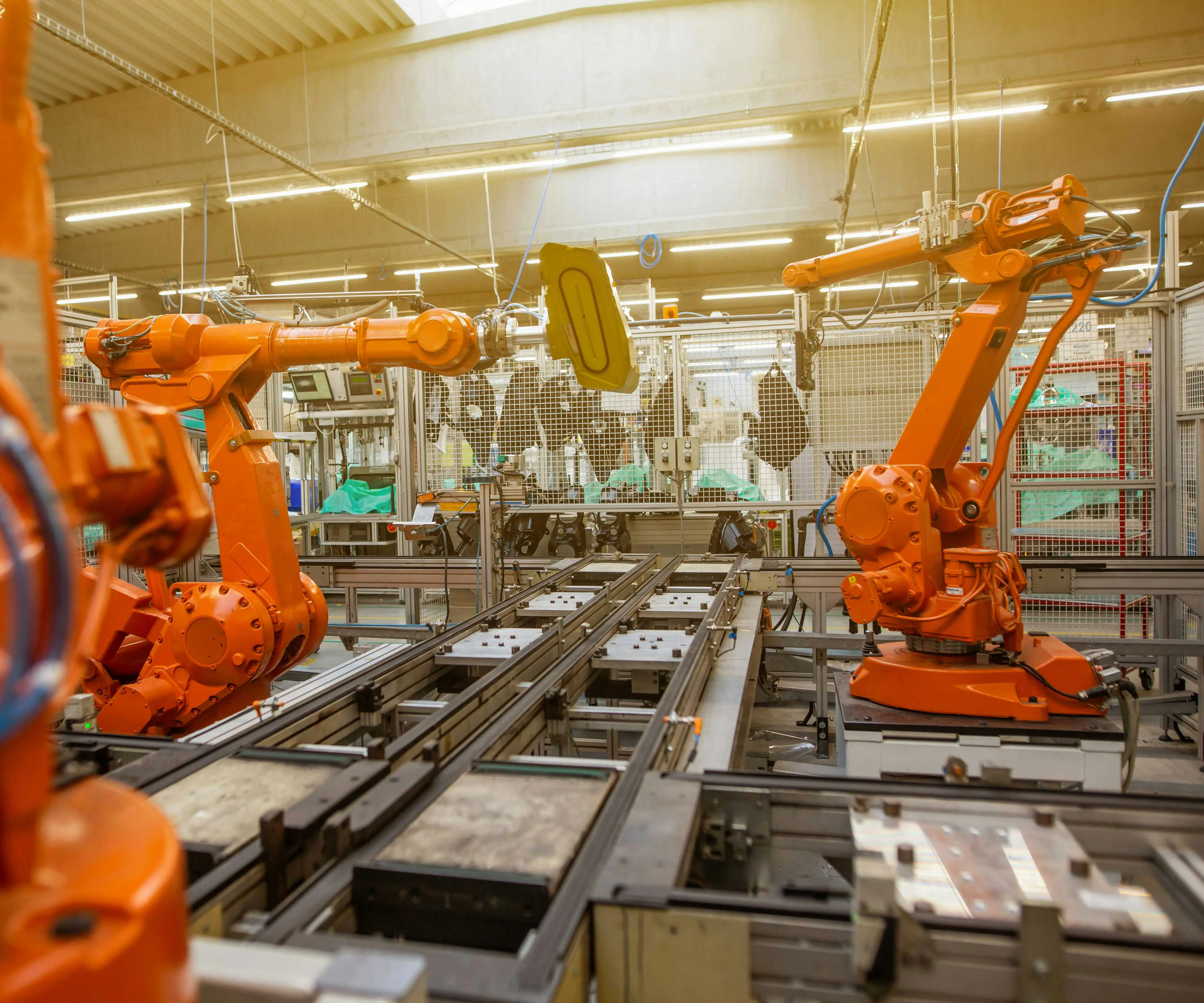When diving into the world of robotics and automation, servo motors stand out as the quintessential actuation devices that bring precision, control, and power to mechanical movements. Among the myriad options available, the MG995 servo motor is often celebrated for its robustness, affordability, and impressive performance. But to fully appreciate what makes this servo a favorite among hobbyists and professionals alike, one must look beyond just its specifications and understand its weight—a seemingly simple detail that actually plays a significant role in your project’s design, power requirements, and overall execution.

The MG995 servo motor typically weighs around 55 grams. To put this into perspective, that's approximately equivalent to the weight of a small apple or a standard AAA battery. This weight might seem modest, but it’s packed with a substantial amount of torque, precision, and durability that punches well beyond its size. The servo’s weight reflects its compact yet sturdy construction, which encompasses a metal gear train, a high-torque motor, and a durable casing designed to withstand rigorous use.
Understanding the weight of the MG995 is not merely about physical characteristics; it’s a gateway into understanding the servo’s design philosophy and how it integrates into various applications. For instance, in robotics, where weight often equates to load capacity and maneuverability, knowing the precise weight helps engineers and hobbyists optimize their designs. A heavier servo may deliver more torque but could introduce stability issues in lightweight or delicate structures. Conversely, a lighter model might be perfect for lightweight applications but lack the torque required for demanding tasks.
One of the reasons the MG995 has stood the test of time is its impressive torque-to-weight ratio. Weighing in at about 55 grams, it can deliver torque up to 15 kg·cm (or approximately 208 oz·in), making it suitable for tasks demanding significant force like controlling robotic arms, steering systems, or animating mechanical sculptures. This power density is part of why it remains a go-to choice—its relatively light weight allows for swift movement and less strain on the supporting frame while still providing impressive power.
So, what exactly contributes to the MG995’s weight? The key elements include the metal gear train, which replaces the plastic gears found in many lower-cost servos, and the internal motor assembly. The metal gears are heavier but significantly more durable, enabling the servo to sustain higher loads over prolonged periods without gear stripping. The casing, often made of aluminum or durable plastic, also adds to the overall weight but serves to protect the delicate internal components during operation.
An important aspect that many consider when selecting this servo is its size in relation to its weight and torque. The MG995 typically measures around 40mm x 19mm x 42mm, making it not particularly large, but the solid build contributes to its weight. This size-to-weight ratio allows it to fit into compact spaces—like small robots or RC vehicles—while still providing reliable performance. Hobbyists appreciate that its weight remains manageable, preventing undue stress on lightweight frames or servos mounted on smaller robotic units.
Another fundamental consideration when analyzing the MG995’s weight is power consumption. Heavier servos tend to draw more current because of their more substantial internal motors and gear trains. In the case of the MG995, it usually operates at approximately 6.0V to 7.2V, with a stall current reaching around 1.6A. This steady current draw correlates with its internal weight, as more powerful and robust components naturally require more energy to operate. For developers and engineers, balancing weight with power supply capabilities becomes an essential puzzle piece in designing efficient, responsive robotic systems.
Furthermore, the durability reflected in the MG995’s weight is also linked to its resistance to wear and tear. The metal gears significantly reduce gear failure, especially under high-torque loads, enabling the servo to perform reliably over long operating periods. This trait is particularly valuable in applications where replacing or repairing components isn’t feasible—like in autonomous vehicles, large-scale robotics, or harsh environments.
As a final note for this part, don’t underestimate the importance of considering the weight of your servo motor when planning complex assemblies. While the MG995’s 55 grams might seem insignificant on paper, this small difference in mass can influence the overall stability, power requirements, and lifespan of your project. Whether you’re crafting a robot arm capable of lifting heavy loads or an RC plane that requires agility and lightness, knowing the weight and how it integrates into your design is a small but mighty step toward success.
Stay tuned for the next part, where we’ll explore the technical specifications, real-world applications, and tips for optimizing your use of the MG995 servo motor based on its weight and other key features. From DIY projects to sophisticated robotics, understanding these nuances can help you push your creations to the next level.
Established in 2005, Kpower has been dedicated to a professional compact motion unit manufacturer, headquartered in Dongguan, Guangdong Province, China.




































